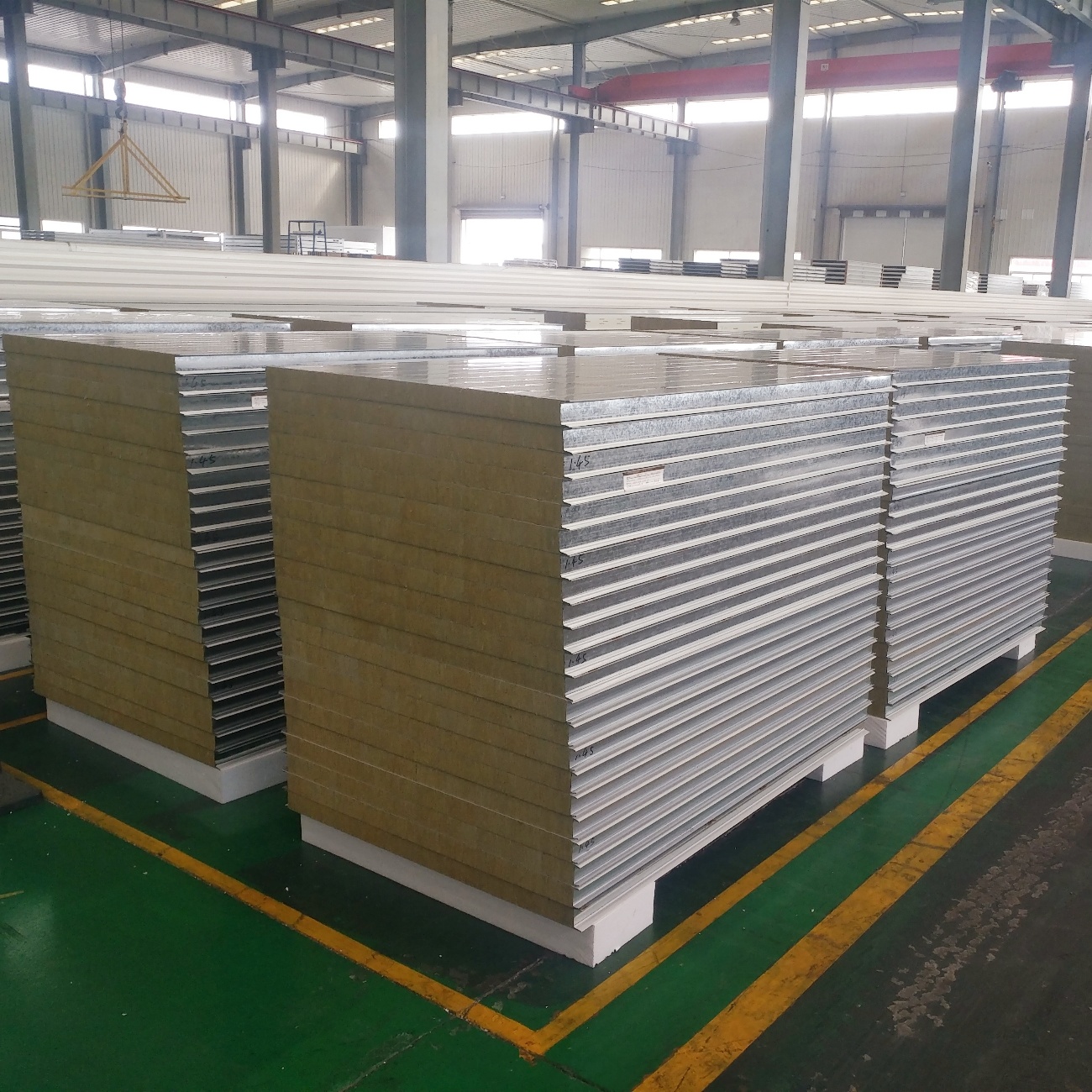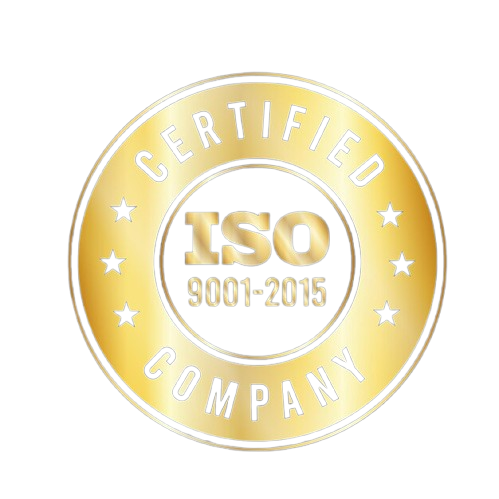Maintaining Air Quality for Cleanroom Purity: Key Strategies for Effective Cleanroom Air Quality Control
In cleanroom environments, even the smallest particle can compromise product integrity, safety, and regulatory compliance. Industries like pharmaceuticals, biotechnology, electronics, and medical device manufacturing rely on cleanrooms to maintain strict contamination control, with air quality being one of the most critical factors. Proper cleanroom air quality control ensures that airborne particles, microbes, and other contaminants are minimized, creating a safe and compliant environment for sensitive processes.
This article will explore the importance of air quality control in cleanrooms, key components of effective air quality management, and strategies for maintaining optimal air purity.
Why Air Quality Control is Essential for Cleanrooms
Maintaining air quality is essential for cleanroom purity, as contaminants can originate from various sources, including personnel, equipment, and incoming air. Effective air quality control minimizes these risks, creating an environment where contamination-sensitive activities can be conducted without compromising quality or compliance.
Benefits of cleanroom air quality control include:
- Enhanced Product Quality: Reducing airborne contaminants preserves product integrity, especially in sectors such as pharmaceuticals and electronics.
- Regulatory Compliance: Cleanroom air quality must meet ISO and GMP standards, which govern particle levels and contamination control.
- Operational Efficiency: By minimizing contamination-related disruptions, facilities can operate more efficiently, avoiding costly rework and delays.
Key Components of Cleanroom Air Quality Control
Cleanroom air quality control involves a combination of filtration systems, airflow design, and environmental monitoring to ensure that cleanrooms maintain the required cleanliness levels. Here are the primary components essential to effective air quality management:
1. HEPA and ULPA Filters
High-Efficiency Particulate Air (HEPA) and Ultra-Low Penetration Air (ULPA) filters are critical in trapping airborne contaminants before they enter the cleanroom. These filters are designed to capture particles as small as 0.3 microns (HEPA) and 0.12 microns (ULPA), ensuring that only purified air flows into the cleanroom.
- HEPA Filters: HEPA filters capture 99.97% of particles, making them suitable for most cleanroom environments, including those used in pharmaceuticals and electronics.
- ULPA Filters: ULPA filters trap 99.999% of airborne particles, providing higher filtration for cleanrooms with stricter contamination requirements, such as those in semiconductor manufacturing.
Regular filter replacement and inspections are essential to maintaining the efficiency of HEPA and ULPA filters, ensuring that they continue to meet air purity requirements.
2. Airflow and Pressure Control Systems
Effective airflow control directs clean, filtered air to the critical areas within the cleanroom, reducing the risk of contamination. Two types of airflow systems are commonly used in cleanrooms:
- Laminar Flow: Laminar or unidirectional airflow moves filtered air in a single direction, sweeping particles out of the room. This type of airflow is used in high-grade cleanrooms where stringent control is required.
- Turbulent Flow: Turbulent or non-unidirectional airflow distributes filtered air evenly throughout the room, suitable for lower-grade cleanrooms where particle control is less strict.
Positive and negative pressure control is also essential for maintaining air quality:
- Positive Pressure: Positive air pressure in the cleanroom prevents contaminants from entering, especially useful in areas where sterility is critical.
- Negative Pressure: Negative pressure is used in cleanrooms handling hazardous substances, ensuring contaminants remain contained within specific areas.
3. Environmental Monitoring Systems
Environmental monitoring systems track air quality in real-time, measuring particle counts, microbial contamination, temperature, and humidity levels to maintain cleanroom standards. Common tools used in environmental monitoring include:
- Particle Counters: Particle counters measure airborne particles, ensuring the cleanroom meets the required cleanliness classification.
- Airborne Microbial Samplers: These samplers detect microbial contamination, an essential factor for pharmaceutical and biotechnology cleanrooms.
- Temperature and Humidity Sensors: Consistent temperature and humidity levels are vital for controlling microbial growth and ensuring equipment functions properly.
Data from environmental monitoring systems can be used to identify trends, diagnose contamination sources, and optimize air quality control procedures.
4. Air Showers and Pass-Through Chambers
Air showers and pass-through chambers are essential ancillary equipment that helps prevent contamination when personnel and materials enter or leave the cleanroom.
- Air Showers: High-velocity air jets in air showers remove particles from personnel and equipment before entry, reducing the amount of contaminants introduced into the cleanroom.
- Pass-Through Chambers: Pass-through chambers allow materials to be transferred between clean and non-clean areas without personnel movement, minimizing contamination risks associated with entry and exit.
These components are especially useful in higher-grade cleanrooms, where even minor contamination can impact product quality.
Best Practices for Maintaining Cleanroom Air Quality
To ensure that cleanrooms maintain optimal air quality, implementing best practices in daily operations and maintenance is essential. Here are some effective strategies to support cleanroom air quality control:
1. Regularly Replace and Maintain Filters
HEPA and ULPA filters must be replaced according to manufacturer recommendations to maintain efficient particle capture. Over time, filters can become clogged with dust and contaminants, reducing their effectiveness. Regular filter maintenance includes:
- Scheduled Replacement: Replace filters based on cleanroom classification and usage levels to maintain optimal air quality.
- Integrity Testing: Perform routine testing to ensure filter seals and media are intact, preventing any leaks that could compromise air quality.
- Regular Cleaning of Air Ducts: Clean air ducts and vents periodically to prevent dust buildup, ensuring that the filtration system operates efficiently.
2. Optimize Airflow Patterns and Pressure Control
Maintaining proper airflow patterns and pressure levels minimizes contamination risks and ensures that critical areas receive clean air. Steps to optimize airflow include:
- Positioning Equipment Correctly: Place equipment in a way that doesn’t obstruct airflow. Avoid placing equipment near airflow outlets to prevent particles from accumulating around sensitive areas.
- Zoning and Room Layout: Establish zones within the cleanroom to separate areas of different cleanliness levels. Use positive pressure in high-purity zones and negative pressure in containment areas.
- Airflow Velocity Checks: Periodically measure airflow velocity to confirm it meets cleanroom requirements, adjusting the HVAC system as needed to ensure consistency.
3. Implement Effective Personnel Protocols
Personnel are a primary source of contamination in cleanrooms. Proper gowning, hygiene, and entry protocols are essential for maintaining air quality.
- Gowning Procedures: Require personnel to wear appropriate cleanroom attire, such as coveralls, gloves, masks, and shoe covers, to prevent particles and microorganisms from entering the cleanroom.
- Handwashing and Hygiene: Implement strict handwashing policies before gowning, reducing microbial contamination risks.
- Air Showers and Gowning Rooms: Use air showers and designated gowning rooms to ensure personnel are properly decontaminated before entering the cleanroom.
4. Monitor Environmental Conditions Continuously
Real-time monitoring of particle levels, temperature, and humidity ensures that air quality is maintained consistently, allowing for immediate response to any deviations.
- Use Particle Counters: Measure airborne particle levels to ensure compliance with cleanroom classification standards. Portable particle counters can also be used for spot-checking specific areas.
- Monitor Temperature and Humidity: Consistent temperature and humidity prevent condensation and microbial growth. Set up automated alerts for any deviations in environmental conditions.
- Data Logging and Trend Analysis: Use monitoring data to track trends and identify any recurring contamination sources, helping optimize air quality control processes over time.
5. Establish Rigorous Cleaning and Maintenance Protocols
Regular cleaning is essential to prevent contaminants from accumulating on surfaces, equipment, and floors. Using approved cleaning agents and tools is critical to avoid introducing additional particles.
- Approved Cleaning Agents: Use cleanroom-compatible disinfectants such as isopropyl alcohol and hydrogen peroxide for effective microbial control.
- Non-Shedding Cleaning Supplies: Use lint-free wipes and mops designed for cleanrooms to avoid introducing fibers or particles during cleaning.
- Scheduled Maintenance of HVAC and Filtration Systems: Perform routine maintenance on HVAC and filtration systems to ensure they function at optimal capacity, reducing the risk of particle buildup.
Benefits of Effective Cleanroom Air Quality Control
By implementing robust air quality control measures, cleanrooms can achieve greater efficiency, product quality, and regulatory compliance. Here are some benefits of effective air quality control:
1. Improved Product Quality and Safety
Maintaining high air quality in cleanrooms directly impacts product quality and safety. Reduced airborne particles and microbes help prevent contamination-related issues, ensuring that products meet quality and safety standards.
2. Enhanced Regulatory Compliance
Cleanrooms must comply with strict regulatory standards, such as ISO 14644 for particle control and GMP for contamination control in pharmaceutical manufacturing. Effective air quality control supports adherence to these standards, ensuring a compliant facility.
3. Increased Operational Efficiency
Consistent air quality reduces the likelihood of contamination-related disruptions, improving the efficiency of cleanroom operations. Optimized air quality control processes also minimize equipment maintenance needs and reduce the frequency of cleaning interventions.
4. Long-Term Cost Savings
Maintaining air quality in cleanrooms contributes to long-term cost savings by minimizing product recalls, rework, and contamination-related maintenance. Efficient air quality control also supports energy efficiency by reducing the strain on HVAC systems, lowering operational costs over time.
Why Choose Wise Link for Cleanroom Air Quality Control
At Wise Link, we specialize in providing advanced solutions for cleanroom air quality control tailored to the specific needs of various industries. Our comprehensive air quality control systems and expert support help cleanrooms maintain high levels of purity, efficiency, and compliance.
- Advanced Filtration Solutions: We offer custom HEPA and ULPA filtration systems to meet the stringent air quality requirements of different cleanroom classifications.
- Tailored Airflow and Pressure Control: Our team designs optimized airflow systems that support laminar or turbulent flow, based on your cleanroom’s needs.
- Comprehensive Monitoring Systems: We provide integrated environmental monitoring tools to ensure that air quality, particle levels, and other conditions are maintained consistently.
Prioritizing Air Quality for Cleanroom Success
Effective air quality control is the foundation of contamination control in cleanrooms, enabling facilities to maintain a safe and compliant environment for sensitive processes. By implementing advanced filtration systems, optimizing airflow, and enforcing rigorous personnel protocols, cleanrooms can achieve optimal air quality and maintain the highest standards of cleanliness.
If you’re looking to enhance air quality control in your cleanroom, Wise Link offers a range of customized solutions to help you achieve purity and compliance. Contact us today for a free consultation and quote to learn more about our cleanroom air quality control systems.
Achieve Optimal Air Quality Control in Your Cleanroom
Enhance Purity, Compliance, and Efficiency with Advanced Filtration and Monitoring Solutions. Contact Wise Link Today for a Free Consultation and Custom Quote!




